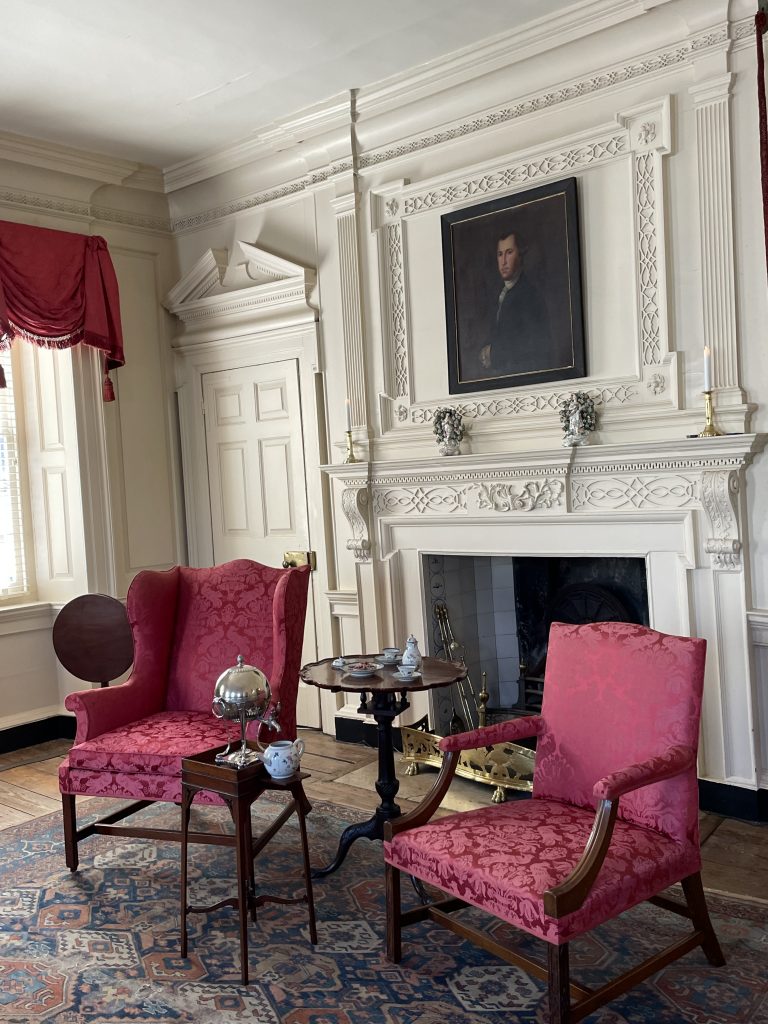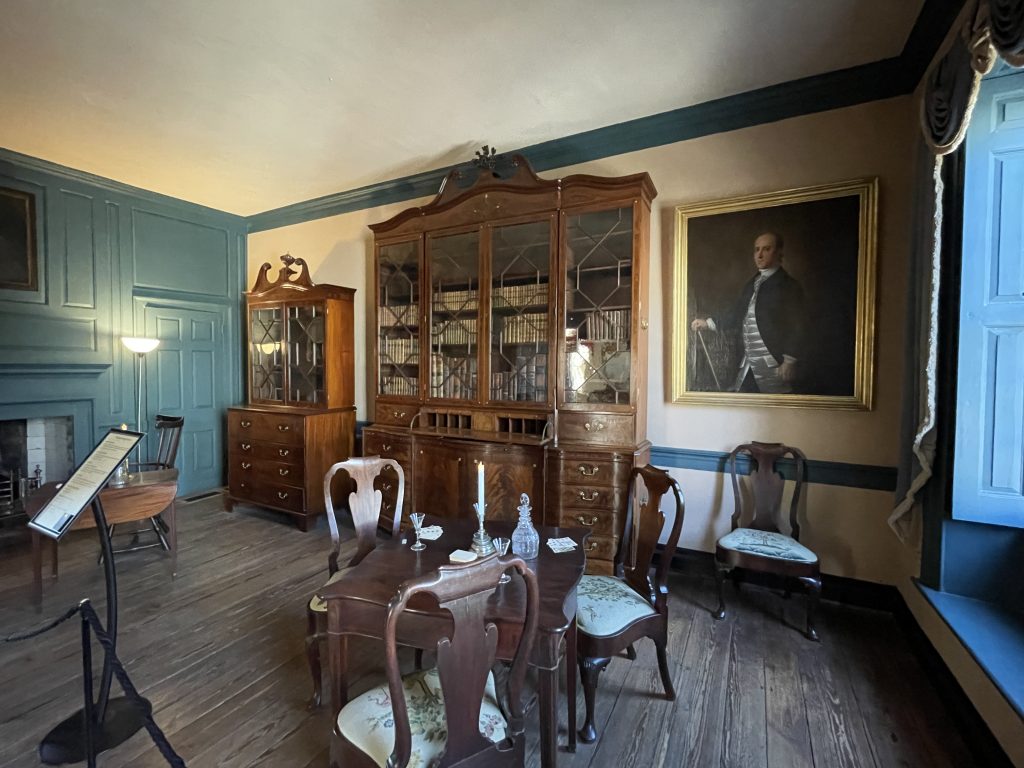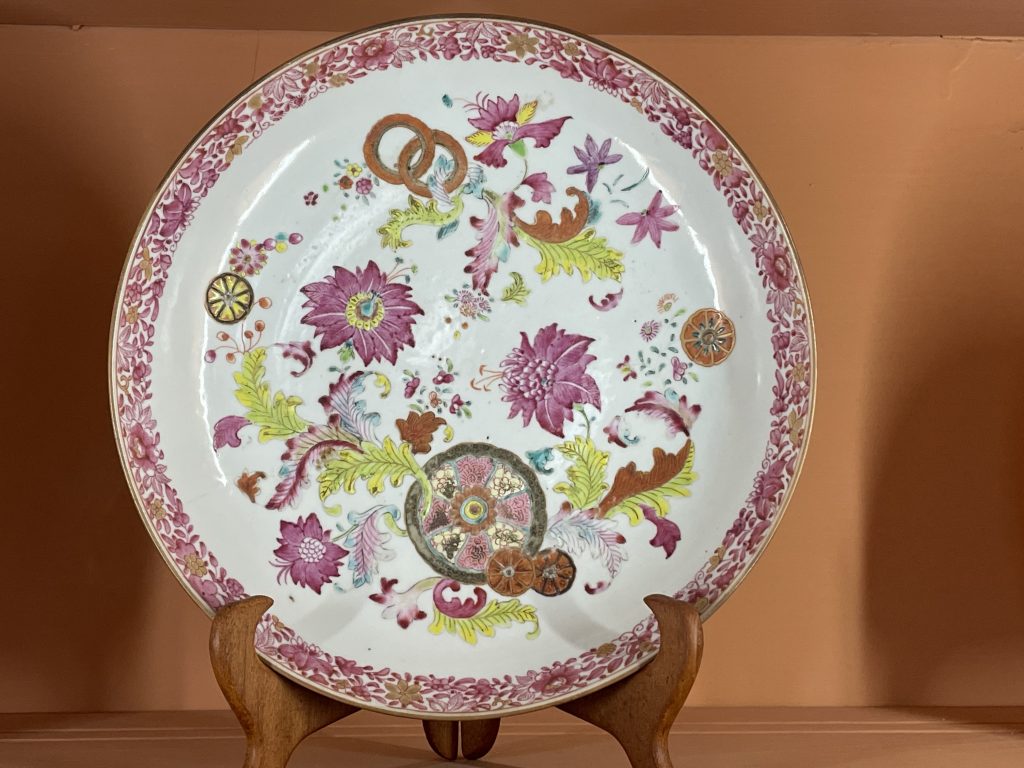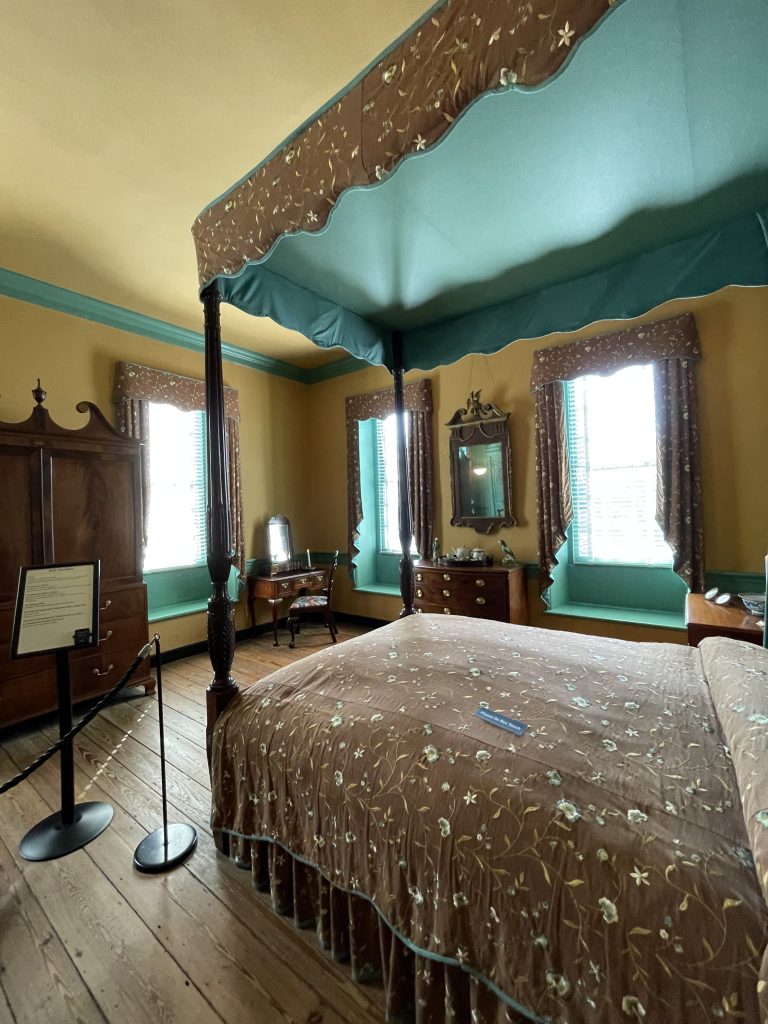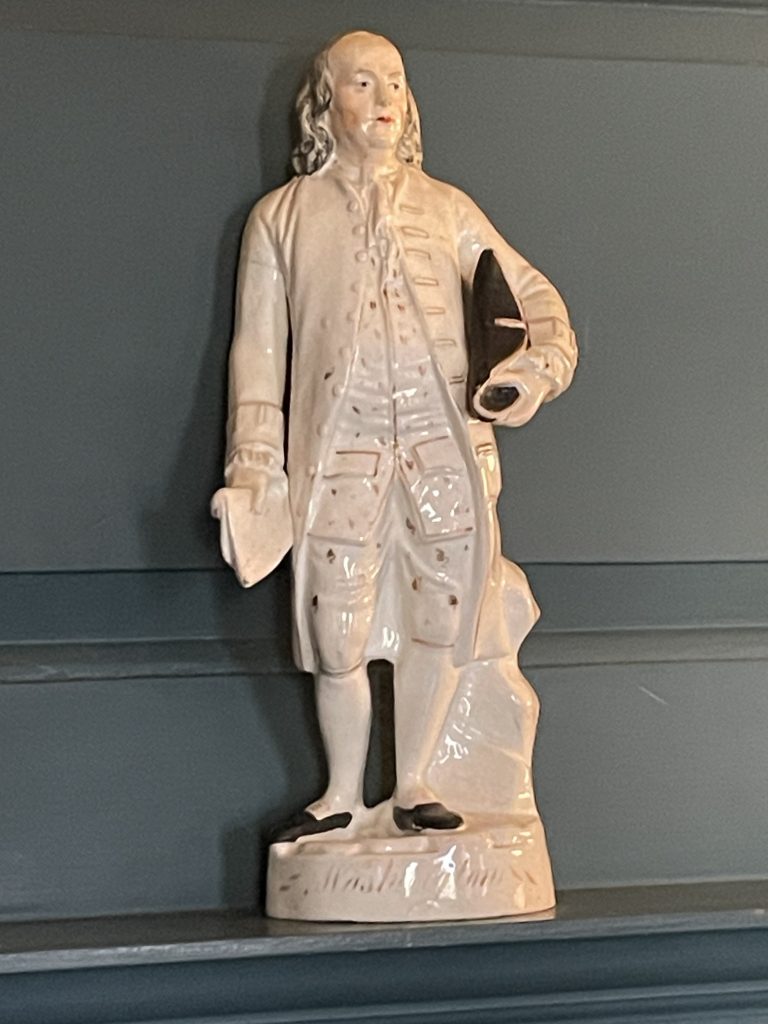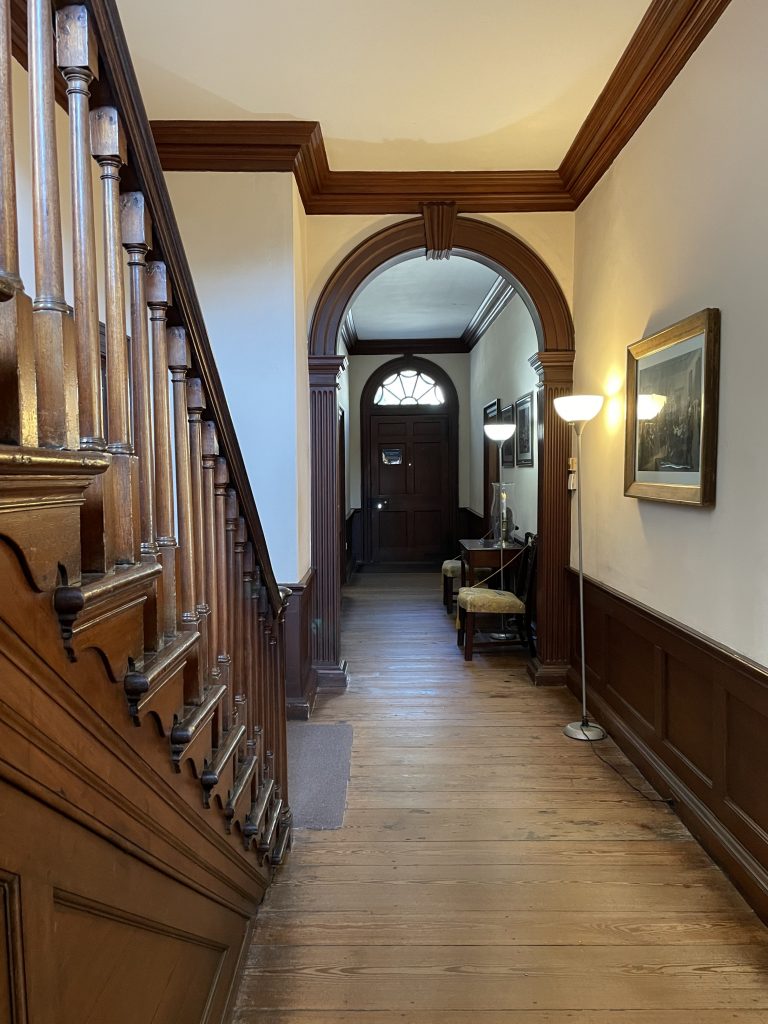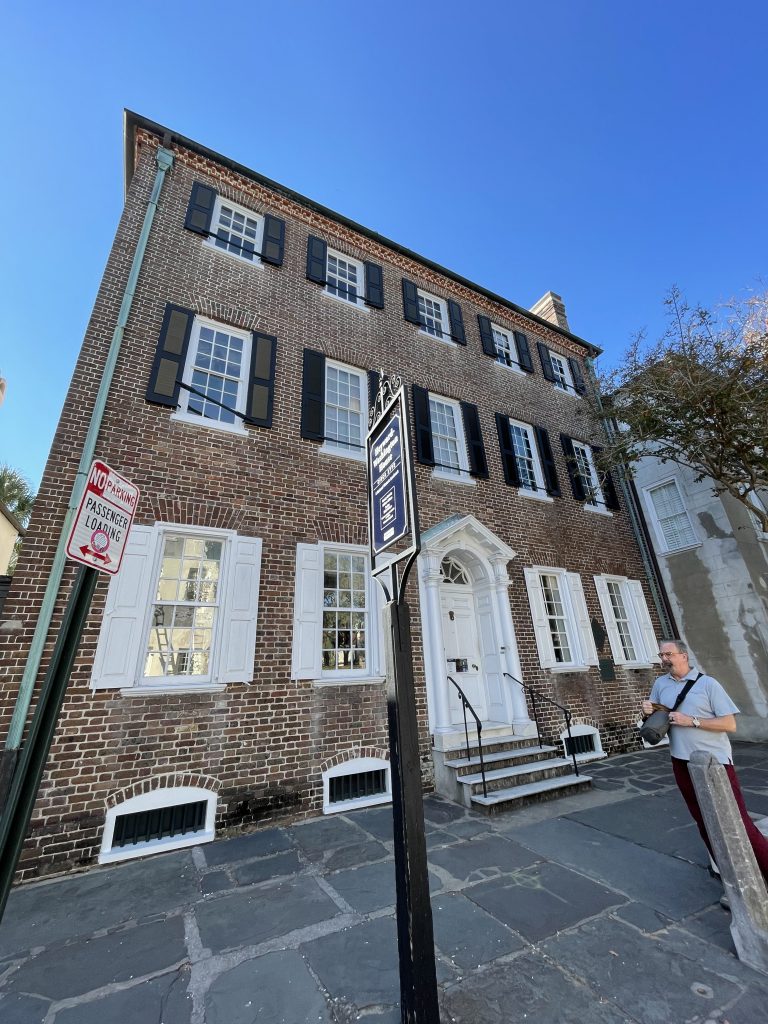
Thomas Heyward, Jr. (1746-1809) was one of four South Carolinians who signed the United States Declaration of Independence, and his home in Charleston is open for tours.
However, you hardly learn anything about Heyward the man in the house; the self-guided tour is more focused on the objects on display. You have to go online to learn, for instance, that at “one time, the Heyward family had the largest slaveholding in the United States.” You can also learn that Heyward was imprisoned in Florida by the British for nearly a year during the Revolution, and that he impregnated at least one of the women he enslaved.
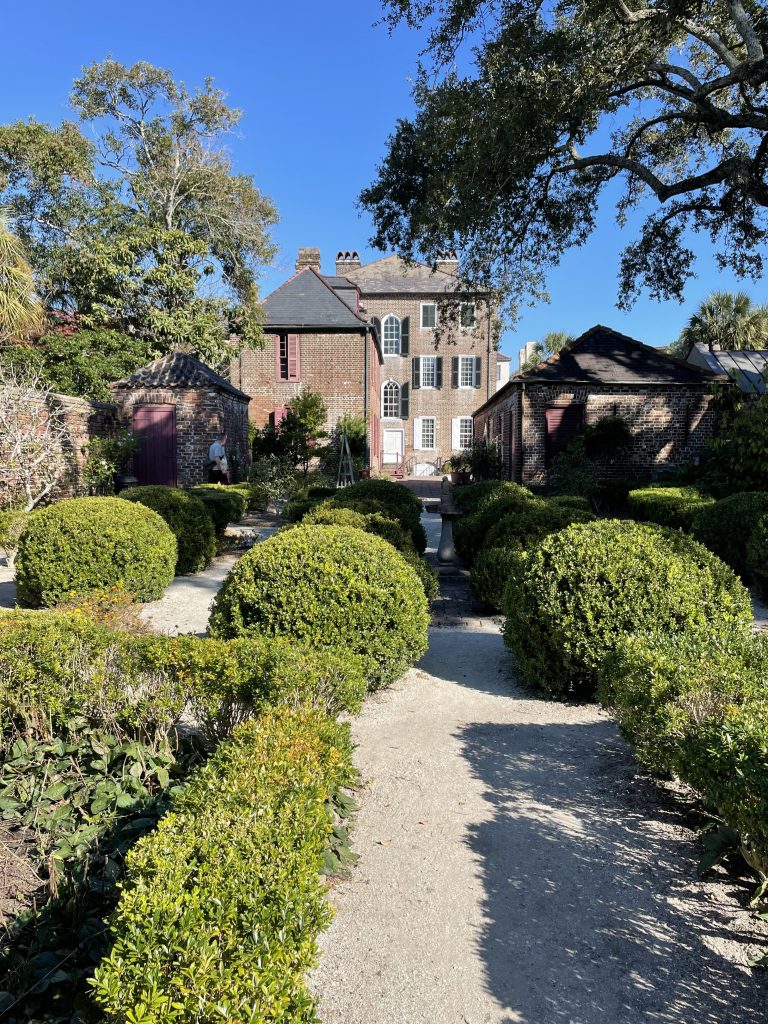
The Georgian-style double Heyward-Washington House was built in 1772. The “Washington” part of the name has to do with the fact that the city rented the house to accommodate George Washington during his week-long 1791 visit to Charleston. Yes, Washington slept here, and entertained the elite of Charleston in the front room of the house.
The furnishings in the home are from this time period, and include a number of stunning Charleston-made pieces, as well as some items personally owned by the Heyward family.
In 1794 Heyward sold the home to John Grimké, who was the father of the famous abolitionists and suffragists Sarah and Angeline. You don’t learn anything about them on the tour, either.

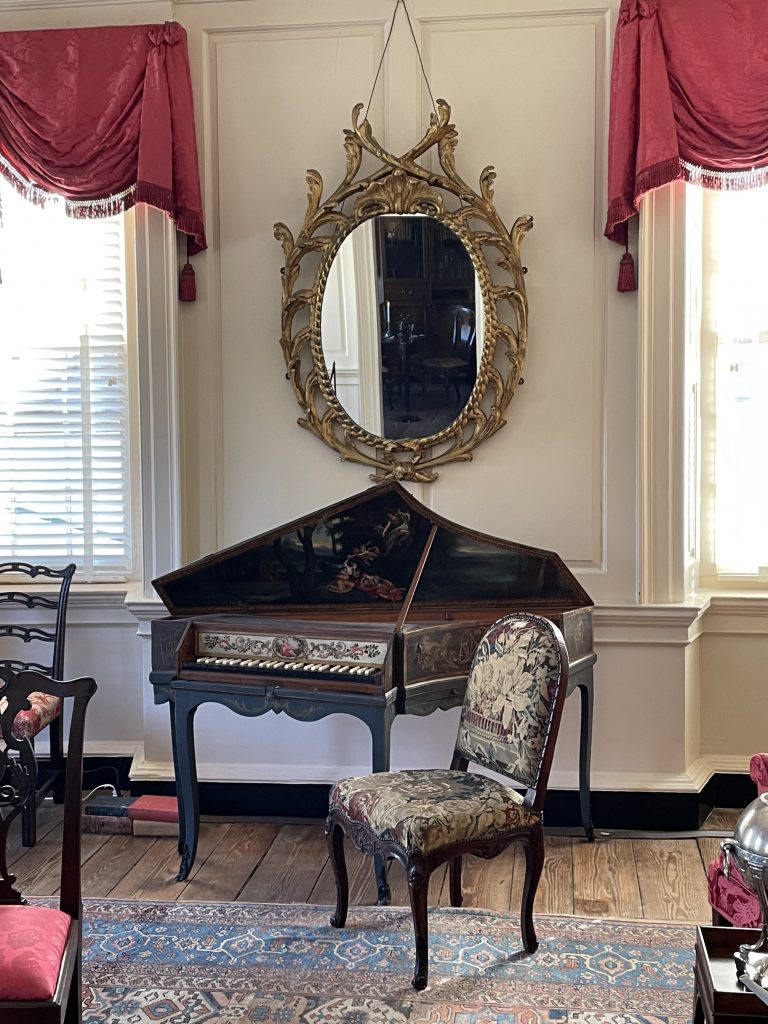
In 1824 the house was sold and became a boarding house.
Over the next 100 years it changed hands a few times and was occupied by Union soldiers during the Civil War.
The home was acquired by the Charleston Museum in 1929, who opened it as a historic house (the first in Charleston) the following year.
